
Find Help
More Items From Ergsy search
-
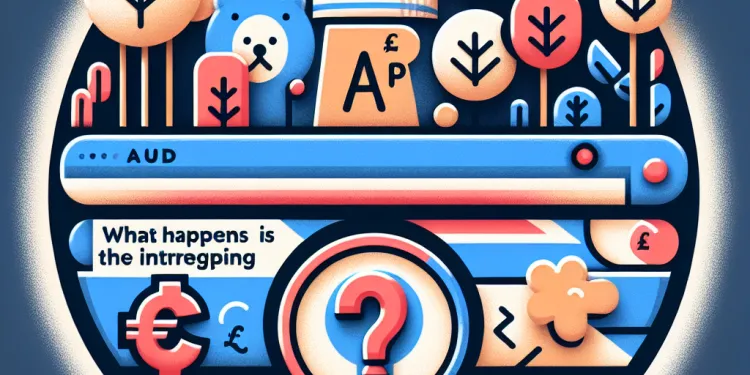
What happens when the introductory APR period ends?
Relevance: 100%
-

What does a 0% introductory APR mean?
Relevance: 65%
-
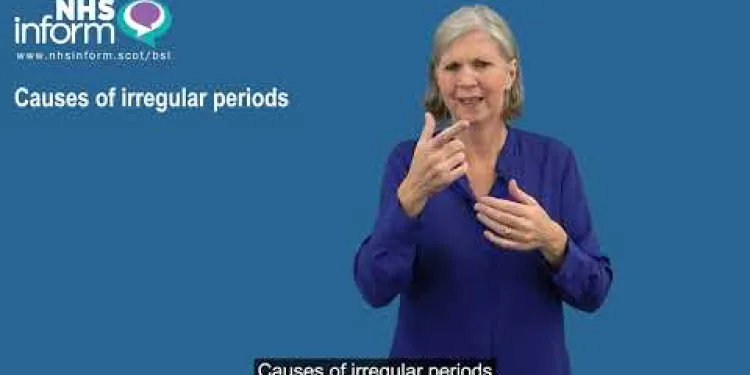
Irregular periods - BSL
Relevance: 26%
-

Do balance transfer offers apply to new purchases?
Relevance: 25%
-
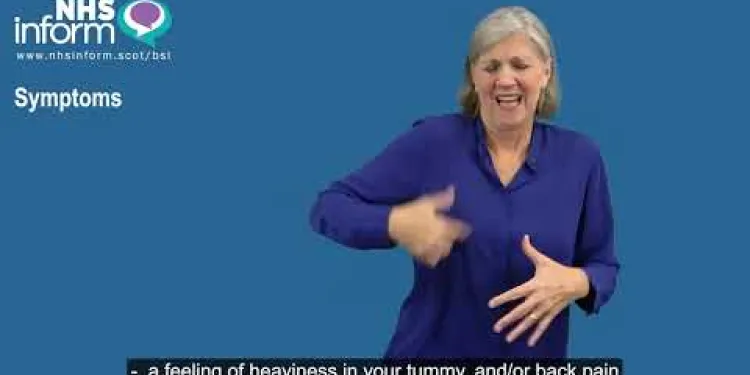
Period pain (dysmenorrhoea) - BSL
Relevance: 24%
-
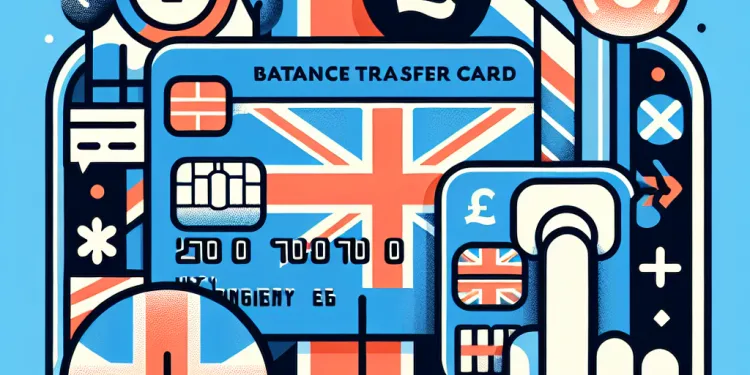
Can I use a balance transfer card for new purchases?
Relevance: 23%
-
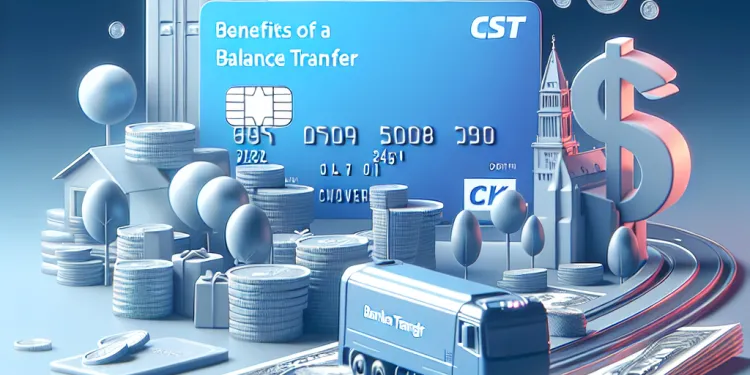
What are the benefits of a balance transfer credit card?
Relevance: 23%
-

How do I apply for a balance transfer card?
Relevance: 23%
-
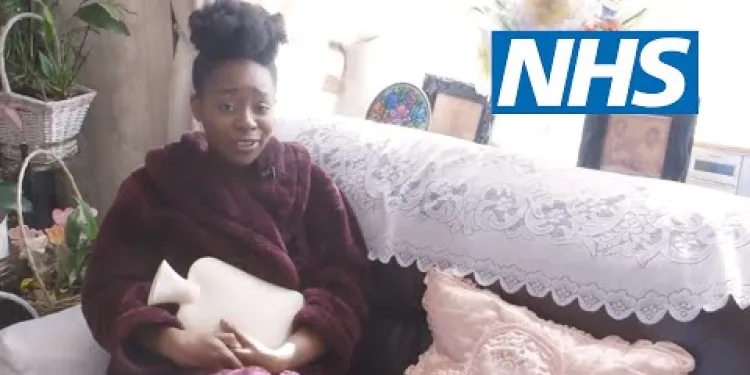
How to deal with period pain | NHS
Relevance: 23%
-
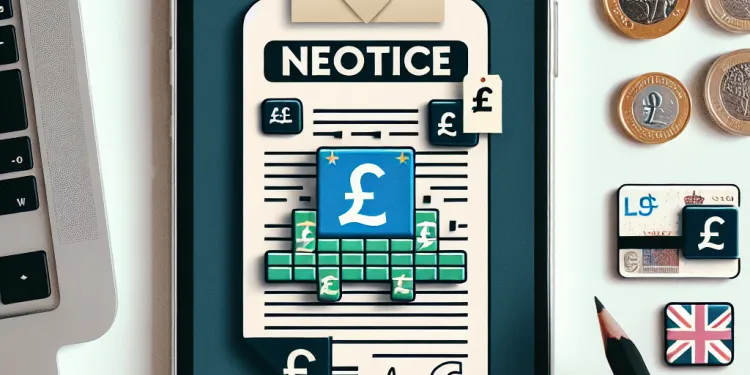
Has the notice period for eviction changed?
Relevance: 23%
-
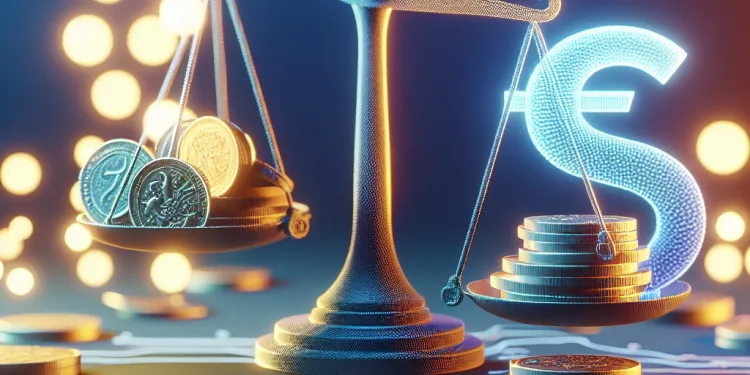
Is a balance transfer the right choice for me?
Relevance: 23%
-
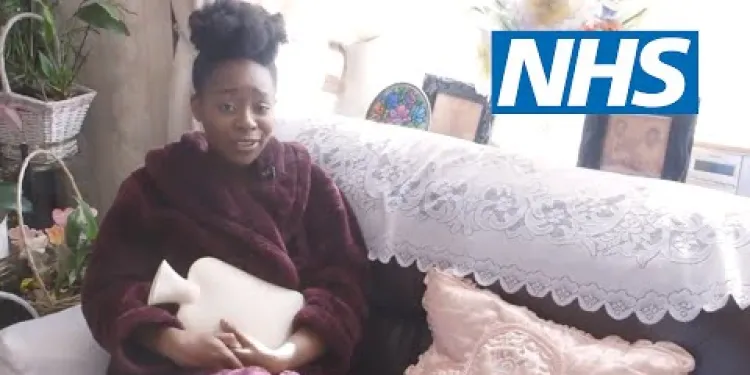
How to deal with period pain | NHS
Relevance: 23%
-
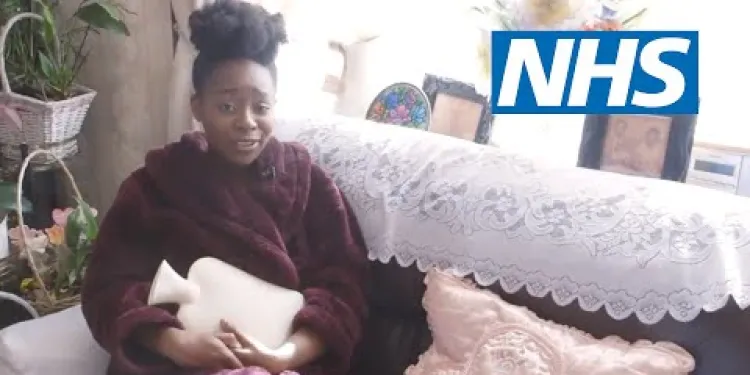
How to deal with period pain | NHS
Relevance: 23%
-
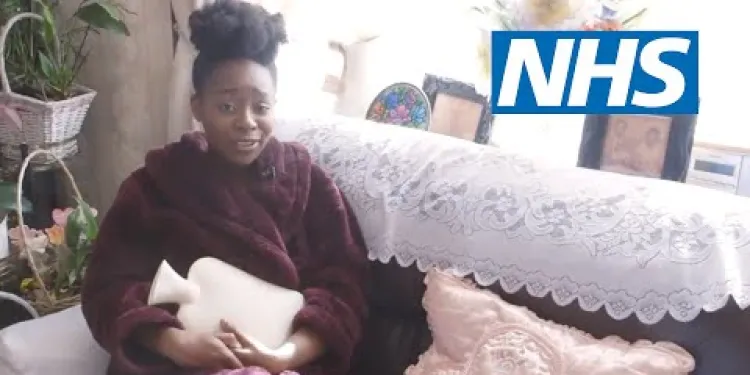
How to deal with period pain | NHS
Relevance: 23%
-
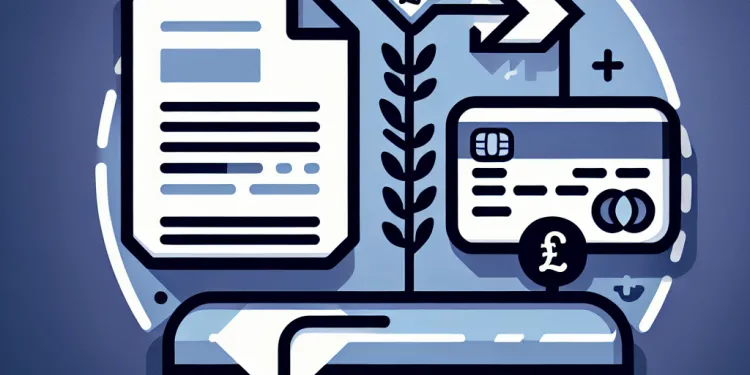
Can I transfer a balance from a loan to a credit card?
Relevance: 23%
-
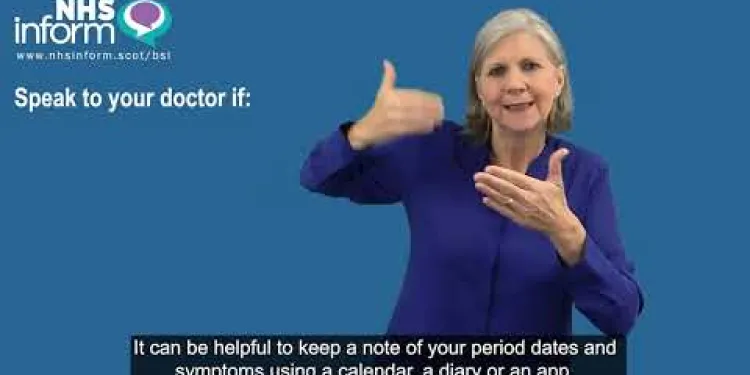
Heavy periods (heavy menstrual bleeding)
Relevance: 22%
-

What is a Balance Transfer Credit Card?
Relevance: 22%
-

How long is the incubation period for the Marburg virus?
Relevance: 22%
-
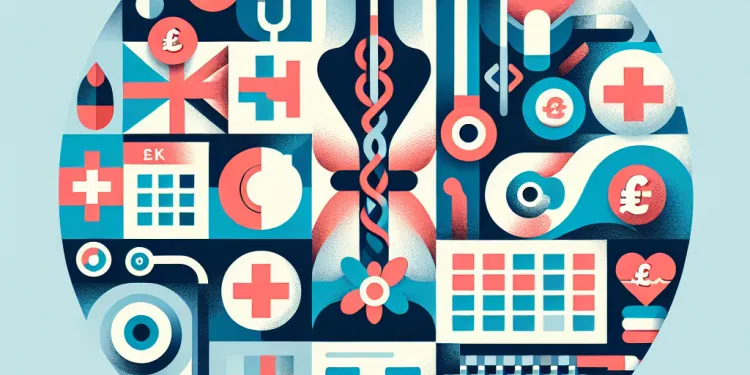
Can the test be performed during my menstrual period?
Relevance: 22%
-
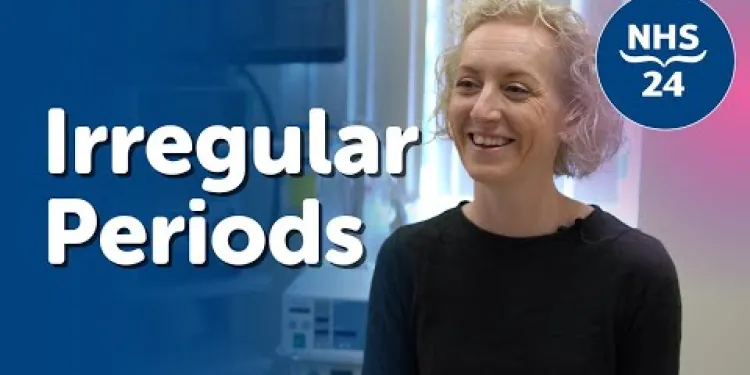
What you need to know about irregular periods
Relevance: 21%
-

What is the minimum service period to qualify for firefighter pension benefits?
Relevance: 20%
-
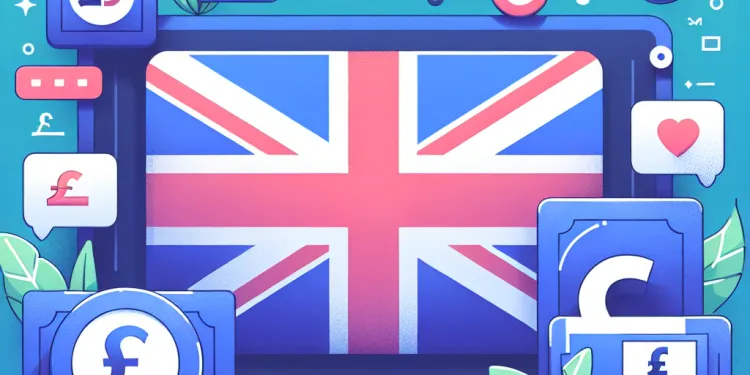
What should I avoid doing during the recovery period?
Relevance: 19%
-

How long is the incubation period for chickenpox?
Relevance: 18%
-
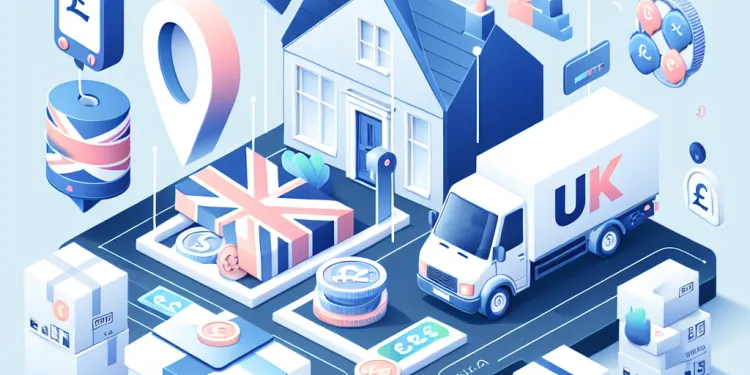
What if I have moved house since the claim period?
Relevance: 18%
-
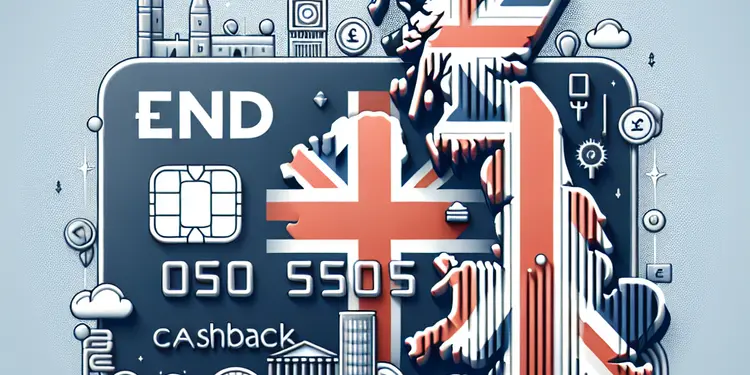
What should I look for in a cashback credit card?
Relevance: 18%
-
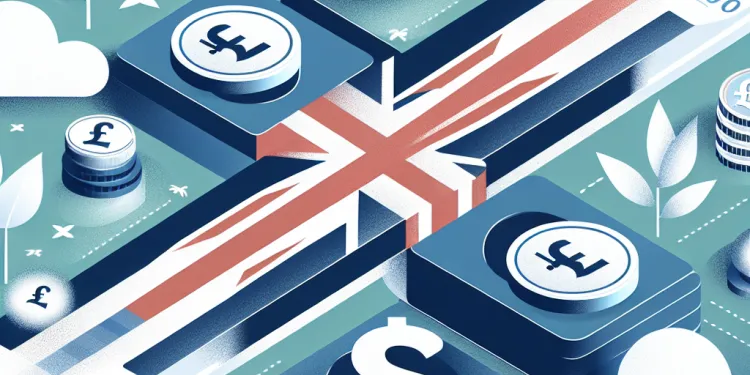
Can I transfer a balance to a card with no promotional offer?
Relevance: 18%
-
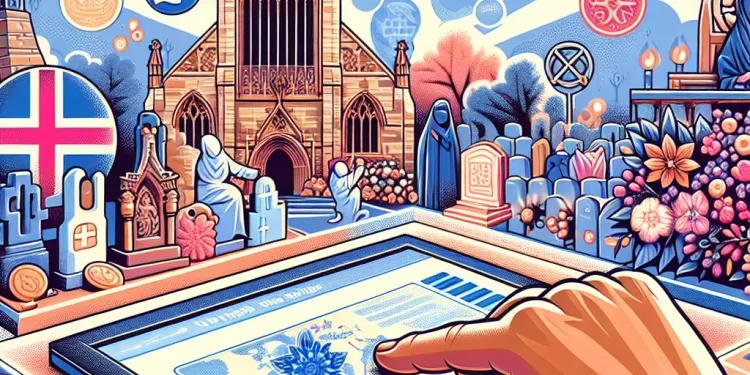
Does bereavement leave cover funerals for cultures or religions with extended mourning periods?
Relevance: 17%
-

What should I look for in my car finance agreement?
Relevance: 16%
-
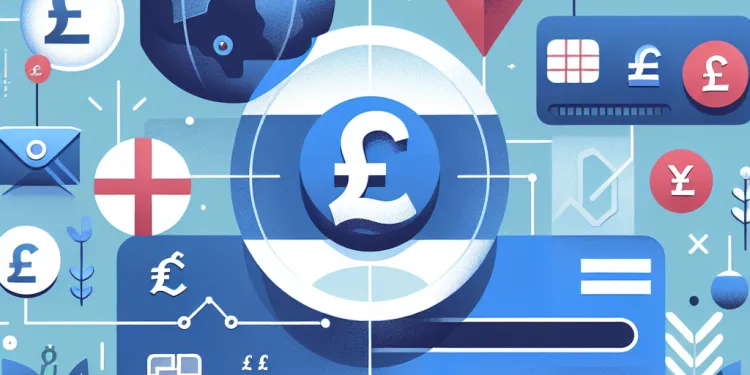
What should I consider before doing a balance transfer?
Relevance: 15%
-
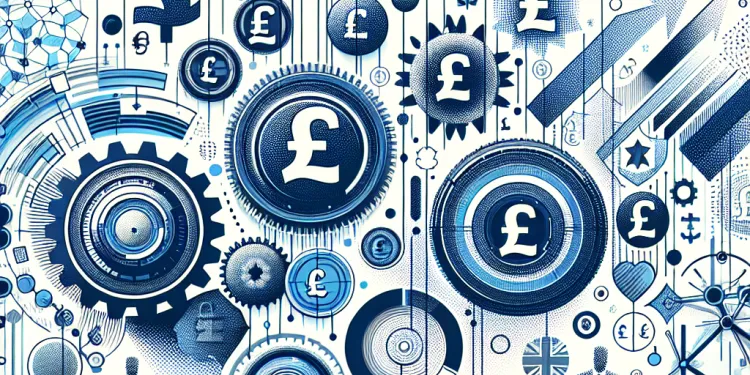
How does a balance transfer work?
Relevance: 14%
-
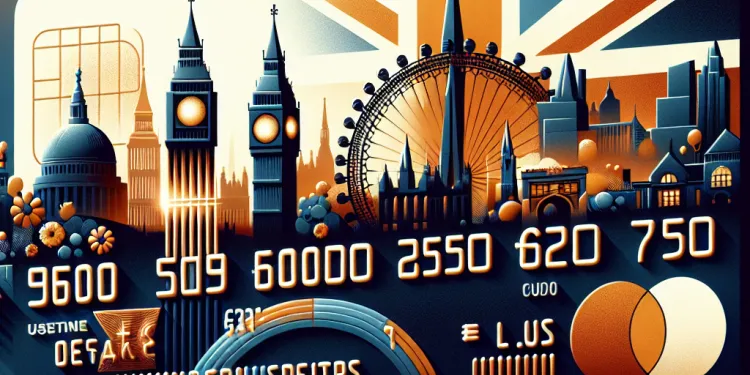
What is a good credit score to qualify for a balance transfer card?
Relevance: 13%
-

Why is understanding the terms of car finance important?
Relevance: 11%
-
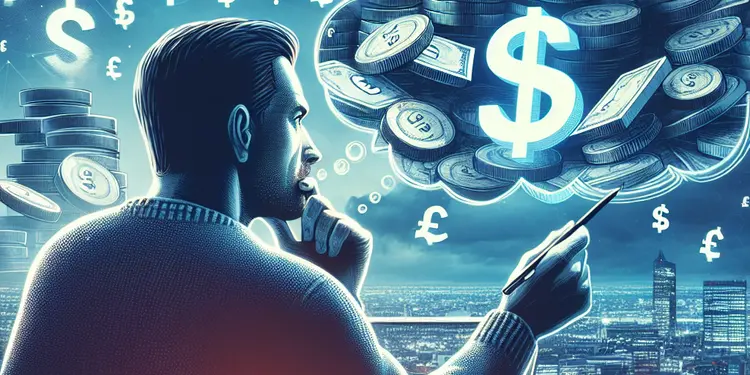
Is a cashback credit card right for me?
Relevance: 11%
-

How does interest rate affect my car finance agreement?
Relevance: 10%
-
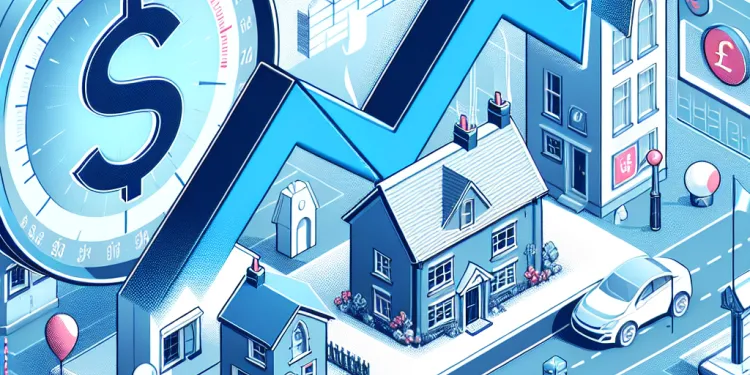
What is a tracker mortgage and how does it respond to interest rate changes?
Relevance: 9%
-
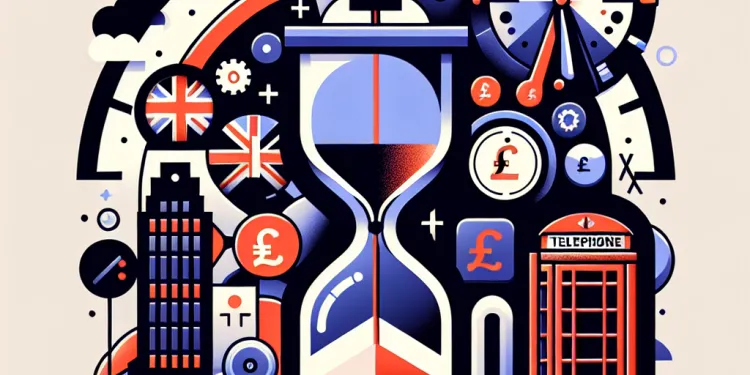
What is the typical duration of a promotional balance transfer offer?
Relevance: 9%
-
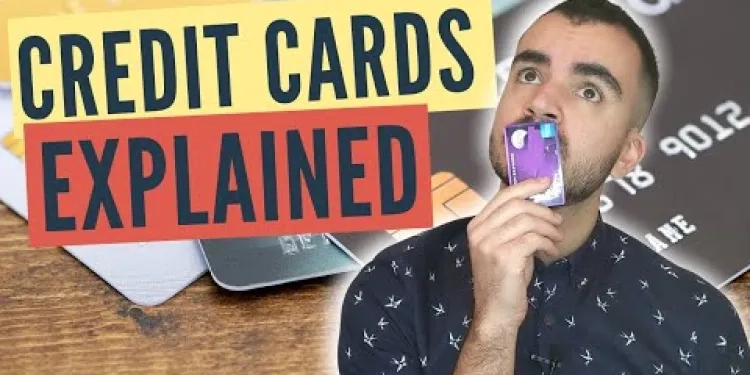
Credit Cards for Beginners Explained UK | Do's and Don't | Type of Cards
Relevance: 9%
-

What is a cashback credit card?
Relevance: 9%
-

Are there any fees associated with balance transfers?
Relevance: 9%
-
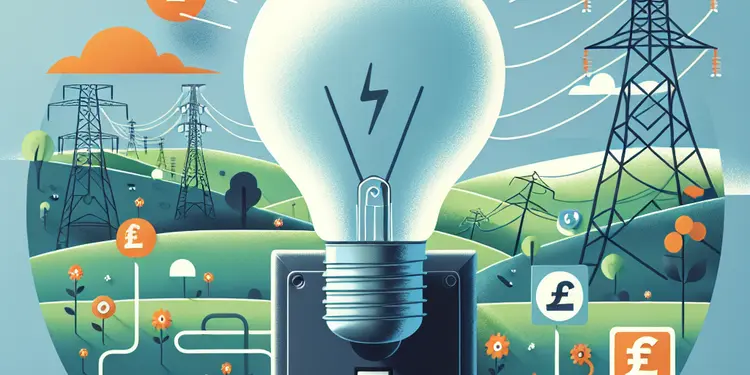
What should consumers consider when switching electricity suppliers?
Relevance: 8%
Introduction to APR
The Annual Percentage Rate (APR) is a key term in the world of credit cards and loans. It represents the annual cost of borrowing, including interest rates and other fees. Many credit cards offer an introductory APR period, which can provide significant savings for consumers.
What is an Introductory APR?
An introductory APR is a temporary, lower interest rate offered by credit card issuers to attract new customers. This rate typically applies to purchases, balance transfers, or both, and lasts for a predetermined time, usually ranging from six to 24 months. During this period, cardholders can benefit from reduced or even zero interest, making it a financially appealing offer.
What Happens When the Introductory APR Period Ends?
When the introductory APR period ends, the interest rate on your credit card will revert to the standard APR, which is typically much higher. The terms of the card agreement will specify the end date of the introductory period, and it's crucial for cardholders to be aware of this transition to avoid unexpected interest charges. From the end date onwards, new purchases and any remaining balance from the introductory period will incur interest at the standard rate.
Effects on Monthly Payments
The increase in APR can lead to higher monthly payments if the cardholder carries a balance. For those who have not paid off their balance, the interest accumulated can significantly impact the overall debt. It is advisable to pay off as much of the balance as possible before the introductory period ends to minimize the financial impact.
Planning Ahead
Cardholders should plan ahead before the introductory APR expires. Reviewing credit card statements, understanding the timing of the APR change, and assessing personal financial capabilities are essential steps. This foresight can prevent shock from elevated interest charges and enable timely financial adjustments, such as increasing payments or exploring balance transfer options to another card with a lower rate.
Alternative Options After Introductory APR
If paying off the balance before the introductory period ends is not feasible, consider looking for other credit products. Balance transfer credit cards often offer low or 0% APR on transferred balances for a promotional period, giving you additional time to pay off the debt at a lower interest rate. Always review the terms and conditions carefully, considering potential transfer fees and how future rate changes might affect your financial situation.
Conclusion
The end of an introductory APR period marks a critical point in managing credit card debt effectively. By understanding what happens when this period ends and planning accordingly, UK consumers can make informed decisions and maintain control over their financial well-being.
What is APR?
APR stands for Annual Percentage Rate. It shows how much it costs to borrow money using a credit card or loan. This cost includes interest and other fees. Sometimes, credit cards give you a special deal with a lower APR for a short time. This can help you save money.
What is a Special APR Deal?
A special APR deal is when a credit card gives you a lower interest rate for a while to get you to use their card. This low rate can be for buying things or moving money you owe from other cards. It usually lasts from six months to two years. During this time, you pay less interest or no interest at all, which can save you money.
What Happens When the Special Deal Ends?
After the special low-interest period ends, the rate goes up to the normal APR, which is higher. You should check the date when the special deal ends. After this date, you will have to pay more interest on new things you buy and any money you still owe from the special period. It's important to know when this happens so you are not surprised by higher costs.
How it Affects Your Monthly Bills
When the APR goes up, your monthly bills may also increase if you still owe money. If you haven't paid off everything you owe, the extra interest can make it hard to get out of debt. It's a good idea to pay as much as you can before the special low rate ends.
Planning for When the Special Rate Ends
You should plan ahead before the special APR deal ends. Check your credit card bills to see when the change will happen. Make sure you understand what this means for your money. You might need to increase your payments or find another credit card with a lower rate to help you manage.
Other Options After the Special Rate
If you can't pay everything before the rate goes up, look for other credit cards with good deals. Some cards let you move money you owe to them and offer low or no interest for a while. This can give you more time to pay. Make sure to read all the details, like any fees for moving money and how future rate changes might affect you.
Conclusion
When the special low APR period ends, it's important to know what will change. By understanding this and planning for it, you can make smart choices and keep control of your money. This helps you stay financially healthy.
Frequently Asked Questions
What is an introductory APR period?
An introductory APR period is a promotional time frame during which a credit card offers a lower than usual interest rate, often 0%, on purchases or balance transfers.
What happens when the introductory APR period ends?
When the introductory APR period ends, the interest rate on your balance will revert to the regular APR, which is typically higher.
Will I be notified before my introductory APR period ends?
Many credit card issuers notify cardholders before the end of the introductory period, but it is advisable to check your credit card agreement or statements.
Does my interest rate automatically increase after the introductory period?
Yes, after the introductory period, the interest rate increases to the standard purchase or balance transfer APR.
Can I avoid paying interest after the introductory APR period ends?
To avoid paying interest, you should pay off your entire balance before the introductory period ends.
What is a regular APR?
A regular APR is the standard interest rate that applies to purchases, balance transfers, or cash advances on a credit card after any introductory period ends.
How is the regular APR determined?
The regular APR is determined by the credit card issuer based on factors like your credit score, prevailing interest rates, and the issuer's terms.
Does the regular APR apply immediately after the introductory period?
Yes, the regular APR applies immediately after the introductory period ends for any unpaid balance.
Can the regular APR change after the introductory period?
Yes, the regular APR can change. Many credit card APRs are variable, meaning they can fluctuate with changes in the prime rate or other benchmarks.
What should I do if I can't pay off my balance before the introductory period ends?
If you can't pay off your balance before the introductory period ends, try to make as large a payment as possible and consider contacting your issuer for options.
How can I find out when my introductory APR period ends?
You can find out when your introductory APR period ends by checking your credit card agreement, latest statement, or by contacting your credit card issuer.
What are the consequences of not paying off the balance before the introductory period ends?
If you don't pay off the balance, you'll begin to accrue interest at the regular APR, leading to higher financial charges.
Are there any fees when the introductory APR period ends?
Typically, there are no additional fees when the introductory APR period ends, but you will start accruing interest on any remaining balance.
Can I negotiate my regular APR after the introductory period ends?
You can try to negotiate your regular APR by contacting your card issuer, especially if you have a good payment history and credit score.
Is it possible to transfer my balance after the introductory period ends?
Yes, you can transfer your balance to another card offering an introductory APR period, but be mindful of balance transfer fees.
How often do credit card issuers change APRs?
Credit card issuers can change APRs in response to market conditions or changes in your credit profile, usually with prior notice.
What is a grace period in relation to credit cards?
A grace period is the time between the end of your billing cycle and your payment due date when you can pay off your balance without incurring interest.
Does the grace period apply after the introductory APR ends?
Yes, if you pay your balance in full by the due date, you can avoid interest charges during the grace period even after the introductory APR ends.
How can I prepare for the end of an introductory APR period?
To prepare, pay down as much of your balance as possible, review your card's terms to know the regular APR, and consider alternative payment or transfer options.
Can missing a payment impact my APR?
Yes, missing a payment can lead to penalties and may increase your APR to a higher penalty rate, even during an introductory APR period.
What is a Special APR Time?
A Special APR Time is a short time when the interest rate on your credit card is very low or 0%. You pay less money when you borrow.
This can help you save money at the start when you get a new credit card.
Remember, the low rate doesn’t last forever. It changes after a set time.
To understand better, you can:
- Ask someone to explain it to you.
- Use videos or pictures to learn more.
- Find a helpful app that explains money in simple words.
A credit card might have a special offer. This is called an introductory APR period. During this time, the card has a lower interest rate. Sometimes, this rate is 0%. This means you don’t pay extra money on things you buy or on moving money from another card.
What happens when the special low interest time ends?
When the special low interest time ends, the cost for borrowing money will go up to the normal amount, which is usually more.
Will I be told before my special low rate ends?
Many companies that give out credit cards will let you know before the special offer time is over. But it's a good idea to look at your credit card papers or bills to be sure.
Will my interest rate go up after the first offer ends?
Some tips to help you understand:
- Ask a helper if you are unsure.
- Use a dictionary to check words.
- Highlight important parts.
Yes, after the first special time, the interest rate goes up to the normal money rate.
How can I stop paying extra money after the first period ends?
When you use a credit card, sometimes you pay extra money called interest. If your card has a special starting (introductory) time with low interest, it will end. After this, to avoid paying more:
- Pay your full bill on time every month.
- Set up automatic payments to never miss a due date.
- Keep track of when the special time period ends.
- Use a calendar or reminder app to help you remember.
Pay all the money you owe before the special time ends. This way, you won't have to pay extra money.
What is a regular APR?
APR means "Annual Percentage Rate." It tells you how much it costs to borrow money for one year.
If you use a credit card, the regular APR is the cost you pay if you don't pay the full card bill each month.
This is important to know because it can make things cost more. For example, if you buy a toy and don't pay the full bill, you might pay more for it because of the APR.
You can use a calculator to help you understand how much you will pay with the APR.
A regular APR is the usual interest rate for a credit card. It is the amount of extra money you have to pay when you use the card to buy things, move money, or take out cash after any special low rate period finishes.
How do they decide the regular APR?
The regular APR is a number that tells you how much extra money you have to pay when you borrow money with a credit card. Here is how they pick the regular APR:
- Credit Score: If your credit score is high, your APR might be lower. If it's low, the APR might be higher.
- Market Rates: Banks look at other interest rates in the market to help decide the APR.
- Type of Card: Different credit cards have different APRs. Rewards cards might have higher APRs.
If you find it hard to understand, you can ask someone for help. You can also use online tools that explain APR with pictures or videos.
The credit card company decides the regular interest rate (APR) you pay. They look at things like your credit score, current interest rates, and their own rules to set it.
Does the normal interest rate start right after the first special period?
Tools to help you understand:
- Use a dictionary to find hard words.
- Ask someone to explain if you're not sure.
When the special offer time finishes, the normal interest rate starts. This happens right away for any money you still owe.
Will the APR change after the first time?
APR is a cost for using a credit card.
When you start, the cost might be low. This is called "introductory".
After the first time, the cost can go up.
You might want to ask someone to help explain.
You can also use a calculator to see changes.
Yes, the regular APR can change. Many credit cards have rates that go up and down. This happens when the prime rate or other important numbers change.
What can I do if I can't pay all my money back on time?
If you can't pay all the money you owe before the special time ends, try to pay as much as you can. You can also ask the company for help.
How do I know when my special APR time ends?
APR means the cost to borrow money. Sometimes you get a special low APR for a little while. This is called an "introductory" APR.
To find out when this low APR ends, you can:
- Check your credit card statement. It might say when your special APR will end.
- Call the company that gave you the credit card. Ask them when the special APR ends.
- Look at the letter you got with the credit card. It might have the ending date.
If you need help understanding, ask a family member or friend. They can help you find the date.
You can find out when your special low rate ends by doing these things:
- Look at your credit card papers.
- Check your latest bill.
- Call or talk to your credit card company.
What happens if you don't pay all the money back before the special time ends?
If you do not pay all the money you owe, you will start to get extra charges. This is because of interest, which is extra money you need to pay.
Will I have to pay fees after the special low-rate time is over?
When the special low-rate time ends, you won't pay extra fees, but you will start paying interest on any money you still owe.
Can I ask to change my interest rate after the first offer ends?
You can ask to lower the interest rate on your credit card. To do this, call the company that gave you the card. If you have been paying on time and have a good credit score, they might agree to lower it.
Can I move my money after the special time is over?
Yes, you can move your money to another account after the special time is over. You might need help from an adult or a bank worker to do this.
Yes, you can move your money to another card with a special low-interest period, but watch out for extra fees when you do this.
How often do credit card companies change interest rates?
A credit card company is where you get your credit card from.
Interest rates are extra money you have to pay when you use a credit card.
Credit card companies can change these rates.
This means they might make the extra money bigger or smaller.
They do not change it too often.
If they want to change it, they will let you know.
Helpful tip: Ask an adult to help you understand letters from your credit card company.
Credit card companies can change the interest rates you pay. They do this if the market changes or if your credit score changes. They will usually tell you before they make the change.
What is a grace period for credit cards?
A grace period is extra time you get to pay your credit card bill without extra charges. It's like a short break to help you pay, usually about 21 to 25 days.
During this time, you won’t have to pay more money as long as you pay the full amount you owe by the end of the grace period.
Helpful tip: You can use calendars or reminders on your phone to remember when to pay.
A grace period is extra time to pay your bill. It starts when your bill time ends and lasts until you need to pay. During this time, you can pay without extra charges.
Do I get extra time to pay when the special low rate ends?
If you pay all the money you owe by the due date, you don't have to pay extra charges. This is true even after the special low interest time is over.
What should I do when the low-interest time is ending?
Here are some simple steps to help you:
- Know the Date: Find out when the low-interest time will end.
- Check New Rate: See what the new interest rate will be.
- Pay More if You Can: Try to pay off as much of the amount you owe.
- Set Reminders: Use a calendar or phone to set alerts.
- Ask for Help: If you are unsure, ask family, friends, or a financial advisor.
Get ready by paying off as much of your credit card as you can. This helps a lot. Look at your card's rules to find out the regular interest rate. Think about other ways to pay, like moving your balance to another card. Tools that might help include using a budget planner or an app to track your spending.
Will missing a payment change my APR?
If you miss a payment, your APR might go up. APR means how much extra money you pay when you borrow money. It's important to pay on time.
Here are some tips to help:
- Use a calendar to remember when to pay.
- Set up reminders on your phone.
- Ask someone you trust to help you keep track of payments.
If you miss a payment, you might have to pay extra fees. It could also make your interest rate go up, even if you had a special low rate at first.
Useful Links
- Ergsy carfully checks the information in the videos we provide here.
- Videos shown by Youtube after a video has completed, have NOT been reviewed by ERGSY.
- To view, click the arrow in centre of video.
- Most of the videos you find here will have subtitles and/or closed captions available.
- You may need to turn these on, and choose your preferred language.
- Go to the video you'd like to watch.
- If closed captions (CC) are available, settings will be visible on the bottom right of the video player.
- To turn on Captions, click settings .
- To turn off Captions, click settings again.
More Items From Ergsy search
-

What happens when the introductory APR period ends?
Relevance: 100%
-

What does a 0% introductory APR mean?
Relevance: 65%
-

Irregular periods - BSL
Relevance: 26%
-

Do balance transfer offers apply to new purchases?
Relevance: 25%
-

Period pain (dysmenorrhoea) - BSL
Relevance: 24%
-

Can I use a balance transfer card for new purchases?
Relevance: 23%
-

What are the benefits of a balance transfer credit card?
Relevance: 23%
-

How do I apply for a balance transfer card?
Relevance: 23%
-

How to deal with period pain | NHS
Relevance: 23%
-

Has the notice period for eviction changed?
Relevance: 23%
-

Is a balance transfer the right choice for me?
Relevance: 23%
-

How to deal with period pain | NHS
Relevance: 23%
-

How to deal with period pain | NHS
Relevance: 23%
-

How to deal with period pain | NHS
Relevance: 23%
-

Can I transfer a balance from a loan to a credit card?
Relevance: 23%
-

Heavy periods (heavy menstrual bleeding)
Relevance: 22%
-

What is a Balance Transfer Credit Card?
Relevance: 22%
-

How long is the incubation period for the Marburg virus?
Relevance: 22%
-

Can the test be performed during my menstrual period?
Relevance: 22%
-

What you need to know about irregular periods
Relevance: 21%
-

What is the minimum service period to qualify for firefighter pension benefits?
Relevance: 20%
-

What should I avoid doing during the recovery period?
Relevance: 19%
-

How long is the incubation period for chickenpox?
Relevance: 18%
-

What if I have moved house since the claim period?
Relevance: 18%
-

What should I look for in a cashback credit card?
Relevance: 18%
-

Can I transfer a balance to a card with no promotional offer?
Relevance: 18%
-

Does bereavement leave cover funerals for cultures or religions with extended mourning periods?
Relevance: 17%
-

What should I look for in my car finance agreement?
Relevance: 16%
-

What should I consider before doing a balance transfer?
Relevance: 15%
-

How does a balance transfer work?
Relevance: 14%
-

What is a good credit score to qualify for a balance transfer card?
Relevance: 13%
-

Why is understanding the terms of car finance important?
Relevance: 11%
-

Is a cashback credit card right for me?
Relevance: 11%
-

How does interest rate affect my car finance agreement?
Relevance: 10%
-

What is a tracker mortgage and how does it respond to interest rate changes?
Relevance: 9%
-

What is the typical duration of a promotional balance transfer offer?
Relevance: 9%
-

Credit Cards for Beginners Explained UK | Do's and Don't | Type of Cards
Relevance: 9%
-

What is a cashback credit card?
Relevance: 9%
-

Are there any fees associated with balance transfers?
Relevance: 9%
-

What should consumers consider when switching electricity suppliers?
Relevance: 8%


